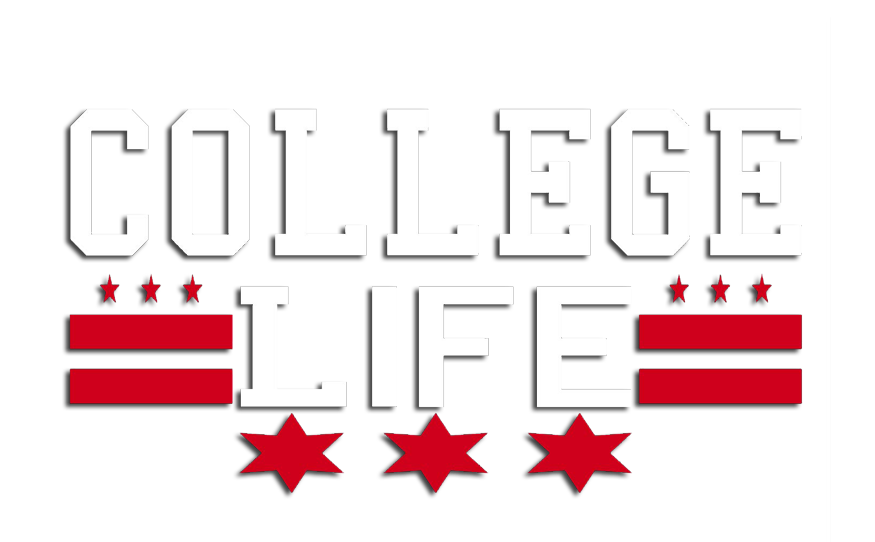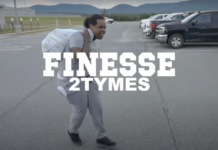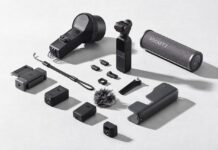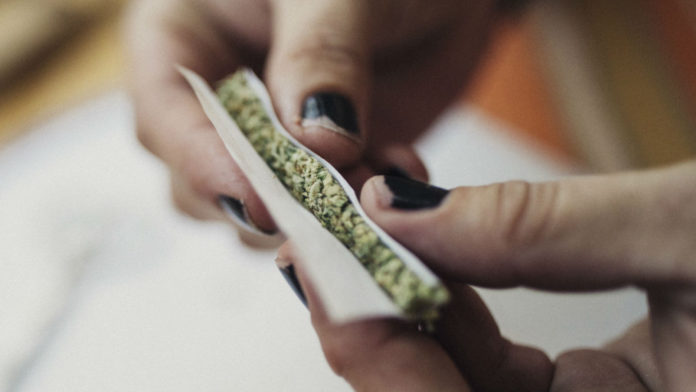
Drivers suspected of being high on pot may soon face the same type of roadside breath test cops use to catch drunken drivers, as several firms prepare new devices for the street.
Hound Labs of Oakland expects to have a marijuana breathalyzer ready by the second half of 2020, according to Mike Lynn, a medical doctor and co-founder of Hound Labs. Another firm, SannTek of Canada, also is racing to have a product ready in that timeline.
Both developers also see uses for the devices on job sites to ensure workplace safety.
Convicting drivers who officers believe just finished smoking weed before getting behind the wheel has been problematic for prosecutors and police since marijuana became popular in the 1960s. At the same time, establishing just when a driver smoked the weed has made it difficult for a defense attorney to argue that his client should not be charged, because he smoked the day before.
THREE-HOUR WINDOW
Hound Labs says its test will show whether a motorist smoked marijuana within a three-hour window before driving. That, Hound Labs’ Lynn asserted, is the time frame when drivers are most impaired. He cited statistics indicating that 14.8 million Americans have used marijuana within an hour of starting a car.
SannTek’s Noah Debrincat, a nanotechnology engineer from the University of Waterloo in Canada, said his device also can identify a driver who has gotten high within three hours of driving.
Lynn said he expects the Hound Labs device will also be used in the workplace, where employers can ensure that workers are not high on the job, and employees won’t face sanctions if they partied the day before.
Debrincat said there is demand for the breathalyzer in jobs like truck driving and construction, where workers are operating heavy machinery.
“I actually do see it as benefiting all parties” in the workplace, he said. Presently, most employers rely on urine tests, designed 30 years ago. Those tests can show that an employee smoked weed as much as a month ago, but don’t establish that they are high on a test day.
Lynn, who also serves as a reserve deputy for the Alameda County Sheriff’s Office, has worked in Level One trauma centers, and also argues that that the THC tester will make things more fair for both sides. He began work on the tester six years ago.
HOW FIELD TESTS ARE DONE NOW
Without a field test for marijuana, police who make traffic stops in Fresno and most other California cities currently rely heavily on Drug Recognition Officers to check drivers who appear to be impaired but aren’t showing signs of being drunk. The officers undergo special training to spot marijuana users as well as others who have consumed both illegal and legal drugs before driving.
That usually means the driver is taken to a hospital for what police call a “blood draw” to determine what’s in their system. It’s expensive and time-consuming for officers and the driver.
DRE officers also spend a lot of time in court, where they testify as expert witnesses.
Debrincat noted that some police agencies now use a swab test to collect saliva samples from drivers in a field test. But he said he doubts that kind of procedure is popular with police in the field.
Developing the breath test has been “amazingly challenging science,” but building a device to do it has grown exponentially more important as more and more jurisdictions legalize both medical and recreational marijuana use, Lynn said.
CHALLENGES TO BUILDING A POT TESTER
Building the device is difficult because an intoxicating amount of THC in the human body is a billion times less than the amount of alcohol in an impaired driver, Lynn said.
“We had to completely create the device. It’s like looking for (a certain) 25 grains of sand on a beach a mile long,” Lynn said.
Hound Labs relied extensively on help from the University of California at San Francisco for the research, he added. Assisting was pathologist Dr. Kara Lynch, an expert in looking at small samples of molecules in breath.
Nanotechnologists like Debrincat are involved in the study and the manipulation of atoms and molecules.
POLICE ‘DON’T WANT TO BE THE FIRST’
Police agencies are still largely on the sidelines in terms of plans to purchase the devices.
Madera Police Chief Dino Lawson said he’s taking a wait-and-see approach.
“I think it’s interesting technology, but we don’t want to be the first to jump on it,” he said. “Absolutely, there’s a need for it. I hope they perfect it.”
Janelle Dunham, public information officer for the CHP, said, “The California Highway Patrol is always interested in testing and evaluating new and emerging technology.”Play VideoDuration 1:46Marijuana forum: Is there a breathalyzer for marijuana?During the Modesto Bee’s “Bee Amplified” forum on marijuana, panelists discussed whethere there are safety measures for driving under the influence. BY MCCLATCHY































